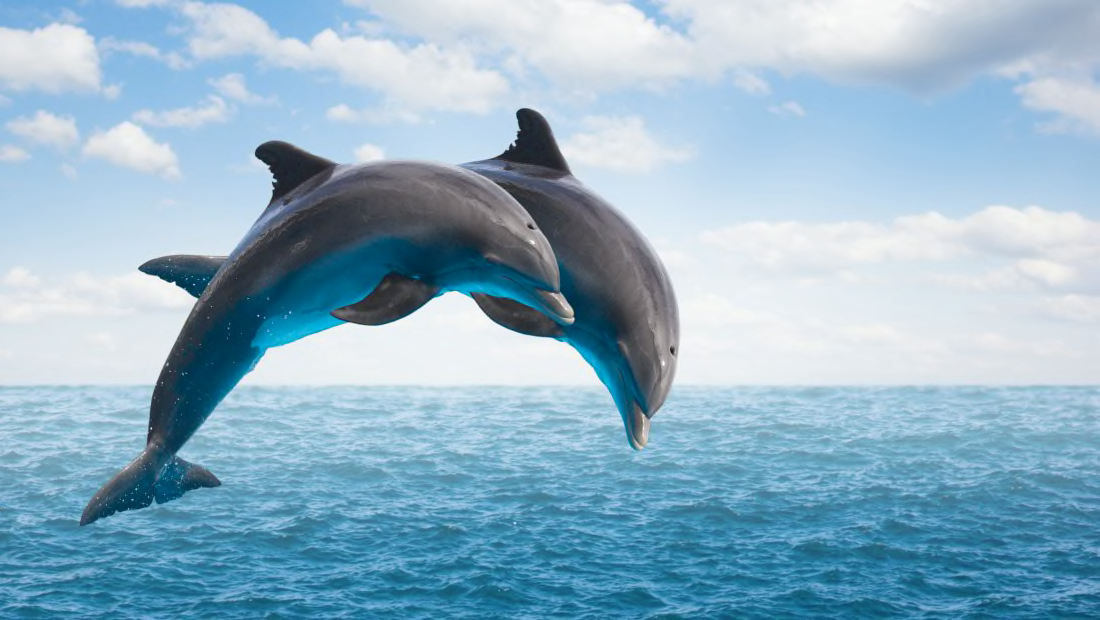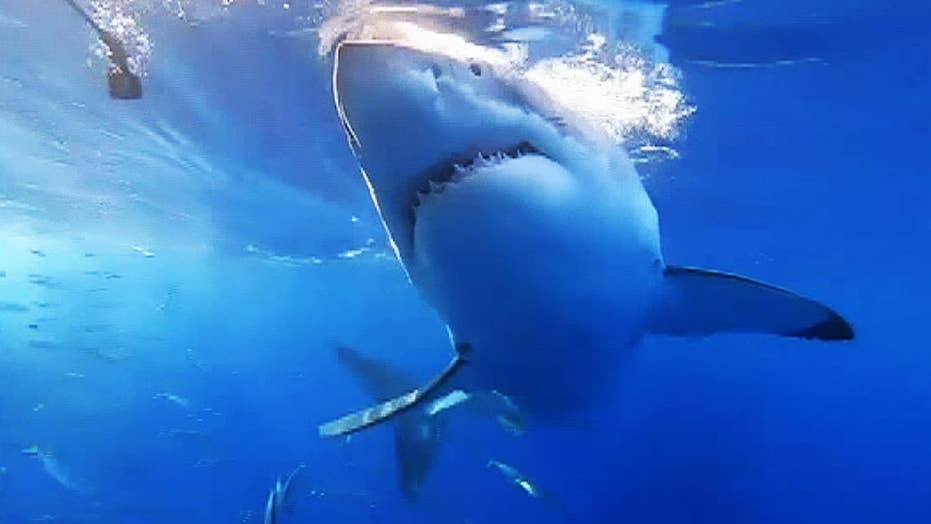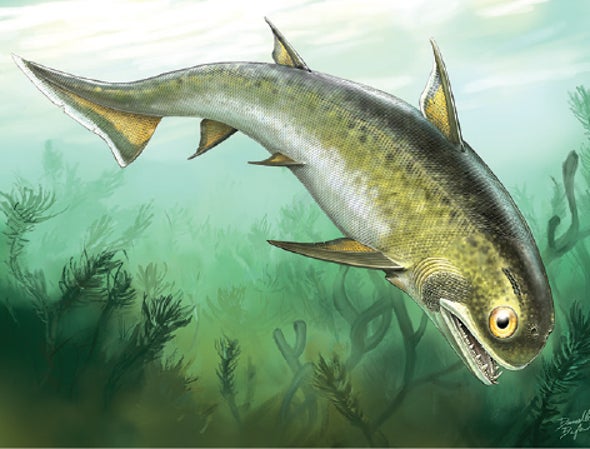2. Even though high altitudes can be very fatal, there are ways human beings have adapted to them. One way humans have adapted to higher altitudes is by simply living in areas of higher altitudes. After a while, it can be easier for humans to live in areas of higher altitudes because their bodies would have gotten more used to the environment and affects of these high altitudes would slowly go away, or not affect them as much. Another way humans have adapted to higher altitudes is medicine. Acetazolamide is an example of a medicine that reduces the affects and symptoms of high altitudes. Another thing humans have learned to do in high altitude areas is to stay hydrated. We have learned that hydration also helps limit the symptoms of higher altitudes. The last way humans have adapted from higher altitudes is changes in sleeping and eating patterns. What humans eat in regular altitudes, must be adjusted when in areas of higher altitudes, so that the human body has more energy and resistance towards symptoms of higher altitudes.


3. There are many benefits of studying human variation. One reason is because it helps scientists study and analyze how humans before us migrated from one place to another. Another benefit is that human variation helps show how human groups are related to each other biologically. Human variation also has to do with genetics, and how genetics impact how you adapt in a certain environment. In this case, if the parents of a person were able to easily adapt to high altitudes, the kid of those parents would also have an easier time adapting to high altitudes. Information from explorations can also be very useful and beneficial. This is because you can experiment with the higher altitudes, and know why it becomes harder to live in those higher altitudes. Exploration becomes useful information. If someone were to use exploration by staying in an area of higher altitudes, that person could experiment and find ways to adapt and limit symptoms of those higher altitudes. They could test their experiments out, and if those experiments are successful, information could be written down and be used by others.
4. One way you could use race to understand the variation of the adaptions listed above is genetics. Genes are a huge factor toward what humans can and cannot adapt to. The study of environmental influences on adaptations is a much better and efficient way to understand human variation. Environmental influences affect the expressions of human genes. Examples of environmental influences are climate change, natural hazards, and even environments built by humans. These examples can help us understand how humans react and try to adapt in these environments. Analyzing adaptations by the use of race can be more inconsistent. Again, I believe that race isn't much of a factor towards adaptation besides the influences certain people grow up with, like family members for example. I believe that adaptation and how easy or difficult adaption is, has to do with genetics and what people can, and can't handle.



